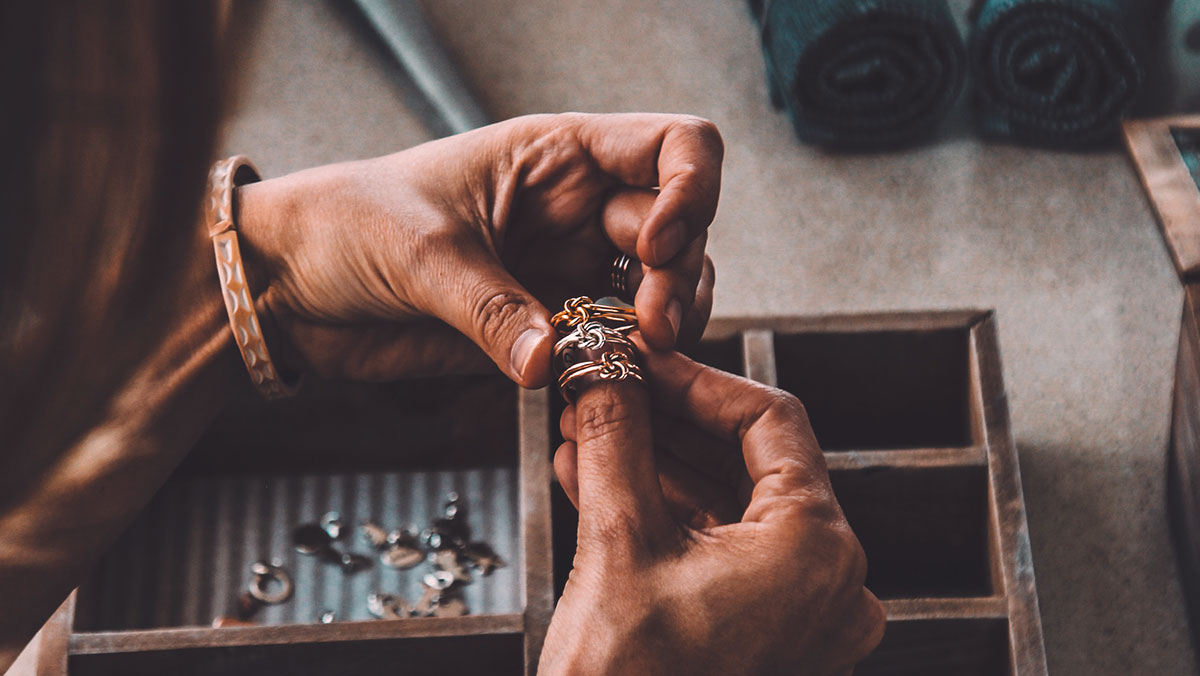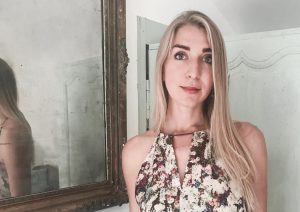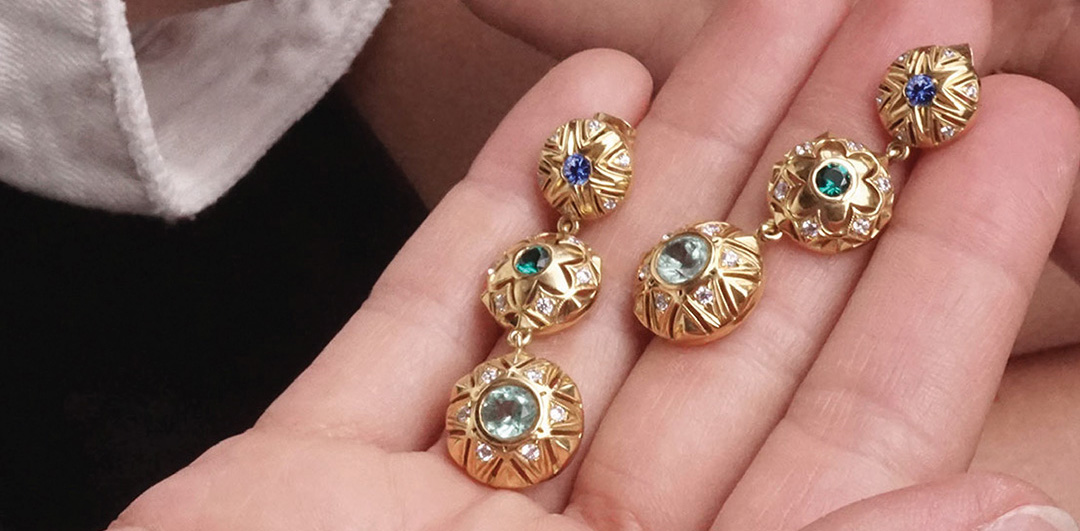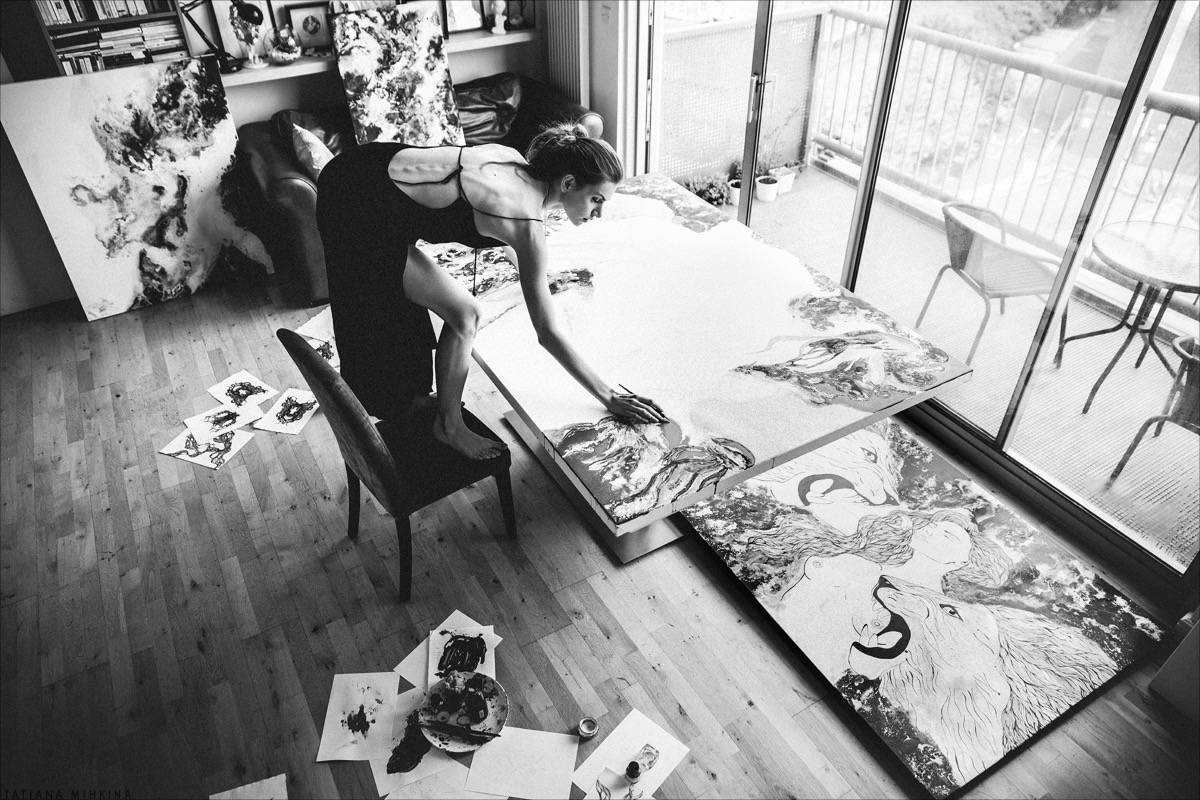
“Products are made in a factory, but brands are created in the mind.”
– Walter Landor
Mocielli and Yuliya Dan Art are two brands that embody this principle to their core. Their two imaginative founders and collections are conceived by their own deep convictions and journeys within their craft alongside broader research and psychological learning. Their brands are built on the exploration of female archetypes and self-expression, and are ultimately reminders of the importance of our unique strengths and virtues.
Now, more than ever, interactions between brands and consumers are becoming increasingly personal and symbiotic, embodying our values and aspirations. As one of the interviewees underlined, last year, Vice Magazine’s Mark Adams uncovered that Gen Z find identity in who they are not what they have — only 8% identify by economic status. The statistics, also indicative of wider consumer psychology, reinforce the growing trend towards consumer choices becoming deeper, more considered, and steeped in cultural, social, and psychological drivers.
For this piece, I spoke with Yuliya Dan and Małgorzata Mozolewska about their brands Yuliya Dan Art and Mocielli, respectively; about the importance they place on creating a sense of connectivity; and the exciting sense of escapism, new possibilities, and wider explorations triggered by their work.
Brandingmag: What led you to create your brand and, in particular, your focus on exploring and embedding themes around female identity in your designs?
Yuliya Dan: As an artist, you let your artwork grow and expand in its own creativity. Making a painting is not that different from making a dress with a painting on it, or a piece of jewellery with a drawing in it. It is an expression of art and your artistic vision.
The art collector’s world is often a place for the select few who can afford it. Also, traditional kinds of art are made to be admired in the comfort of your home or a gallery. I wanted to create something that will allow anyone who appreciates art to have a piece of their own – something affordable that can also be shared with the outside world outside in day-to-day life. That’s why I’ve designed a limited edition, London-handmade, wearable art collection of jewellery, dresses, scarves, you name it. Each item is numbered and signed, like any art piece would be. Yet, I keep it at an affordable level, as art lovers come from different walks of life.
The centre of my art has always been a woman. I draw inspiration from every woman I’ve met – from a girl next door to a mother or a friend. I love working with archetypes and creating pieces that empower women. The ideas behind the paintings come from cultural, social, scientific, and psychological backgrounds, and inspire works that everyone can connect to on a personal level.
Małgorzata Mozolewska: I always wanted to find a way to empower women. Probably because I, myself, have evolved from quite a lost girl with low self-esteem to a woman that stands her ground and is courageous enough to go after her dreams. I know how it feels to be in a place lacking self-love, but also that it is possible to regain it and find happiness. I spent the last 10 years researching and educating myself in psychology, relationships, etc. It became a bit of an obsession for me. So, today, when I see women abandoning themselves to all those negative thought patterns and fears – not believing in themselves – it hurts me deeply because I see in them all this beauty, power, and value.
My jewellery brand is inspired by feminine archetypes ingrained deep in our beings and strives to be a precious reminder of the virtues and strengths we carry within. There are a few main feminine archetypes: the Queen, Maiden, Lover, Mother, Priestess, and Warrioress. These archetypes are fractures of a complete woman and they stand for different varieties of female energy, each with their own unique areas of focus. Represented this way, it allows women to understand and affirm their strengths, and to cultivate missing (or “recessive”) female energies to help support personal growth. I see my jewellery as reminders of our strengths and virtues, reminders of who we really are or who we want to become.
Bm: Do you think consumers are more receptive now to brand stories (such as yours) that highlight powerful themes, ethics, and cultures?
YD: I don’t know if they are more receptive because of the movement that’s been happening, or maybe women finally feel more confident and want to show it, but people are definitely more curious – me included. I feel like we are way past fast fashion now. We want to know where our clothes come from, how are they made. Also, we’ve been tired for some time of looking exactly the same; you know, when you and at least 2 of your girlfriends would have the same item because you shop at the same high-street outlets. We want clothes to express who we are, our unique view. Today, a dress (or any other fashion item) can say so much about you: “Look at me, I am a strong, independent woman. I care about our planet. I am daring and, also, very comfortable with my own body.”
MM: As always, it is hard to generalize, but there are surely more and more people, especially in younger generations, that have started to pay attention to brand values and the “behind the scenes” of how a product they are purchasing was made. We can see it clearly in the jewellery industry. In recent years, an increasing amount of weight has been put on so-called “responsible sourcing,” not just when it comes to gems, but also other valuable materials such as gold and silver. I came across a Nielsen Global Corporate Sustainability Report (2015) that shows how 66% of Global Consumers say they’re willing to pay more for sustainable brands (up 55% from 2014), while 73% of Global Millennials are willing to pay extra for sustainable offerings (up from 50% in 2014). I’m assuming that the percentages are even higher today. Modern consumers are more aware of social, ethical, and environmental issues; therefore, they demand the transparency of the production process. Customers have started asking questions such as: “Can I feel good about my purchase, beyond the function or flare of the item itself?” or “In buying this product, can I be assured that no one less fortunate than myself is being exploited?”
Last year, Mark Adams, Chief Innovation Officer at Vice Magazine, uncovered some interesting statistics during his lecture on the “Future of Work.” He stated that generation Z (born 1996-2010, following millennials) find identity in who they are not what they have. Of a test group he carried out, 70% identified by their values, 66% by hobbies, 65% by personality, and only 8% by economic status. It is so heart-warming to know that young people are searching for values more than anything else. They’ll be following and buying from brands that share the same values. Young people understand that they can take a stand and choose the world they want to live in via their spending choices.
Bm: Do you have any special projects you’re working on at the moment and how is that helping you evolve your work/brand?
YD: These are unusual times, with the pandemic and all. I think less about creating physical things and more about what I can do to help people go through this and come out better (or at least sane) on the other side. That’s why I’ve started my MINDFULLY ART project, a series of simple exercises that help people with their anxiety, stress, and so much more through the act of creating. I currently share my videos on YouTube weekly, and host Insta live and Zoom sessions.
MM: I am currently focusing on two different areas. One is developing a new jewellery collection inspired by the beautiful balance between opposites: feminine and masculine energy, rational and emotional, order and chaos. I am fascinated by how the balance of those opposites can create fullness both on a personal level, but also on a global level. Simultaneously, I am working on deepening my psychological knowledge and directing some of my energy towards coaching and starting a platform where women can search for emotional support.
Bm: Who do you most admire (individuals or brands) for the way they champion or advance gender equality and empowerment, and how have they created momentum?
YD: I admire any brand that is not scared to raise these topics, stand by them, and show by example how this industry can be different. The real deal, you know. Not the kind that says, “Who runs the world – girls” and then pays cents on a dollar to their employees to make sweatshirts in sweatshops.
I admire brands that value their employees and pay them fairly. Those that care how their products are made. I feel like a lot of new designers are at least trying to do it the right way. Fashion Revolution does amazing work with exposing these issues. It’s a great platform to start with if you are new to this or would like to learn more, but there are many more that sell ethical brands, educate their buyers, and support small designers and makers.
MM: I think that only our work as individuals can really champion the state of our world. In this very challenging time, I think Eckart Tole’s teachings are really relevant. He teaches you to stay fully in the present moment and find inner peace. Another brilliant person is Joe Dispenza – he uses science to explain and teach meditation. He has educated thousands of people, detailing how they can rewire their brains and recondition their bodies to make lasting change. I actually meditate with him everyday for an hour.
Bm: What are the three most important things that create brand value in your opinion?
YD: Ethical, fairtrade, or handmade items. Brands with a vision and a story. Most important, brands with an agenda and a deep understanding of the purpose behind making things. The ones that ask, “Why does the world need another one of this or that?” Because sometimes, we don’t.
MM: I think it’s very personal and each brand has to decide what it stands for, what its vision is. I believe that it’s our responsibility to take care of the world we are living in and think about the condition in which we are passing it on to the next generation. A good question to ask is: what kind of world would I like my children to live in?
I know that I would like it to be a clean planet with fresh resources, inhabited by physically- and emotionally-healthy people, ruled by leaders that guide people to their wellbeing. I believe that this kind of world is possible, but each of us has to focus on our talents and unique abilities, and do everything we can to add to this positive change. Every small bit counts for such change will not come from the top – it has to arise from the bottom, from us. Brands and their activities can be a big part of it. Rob Siltanted once said, “The ones who are crazy enough to think they can change the world, are the ones who do.” I agree with him fully!
Cover image source: KYLE CUT MEDIA



